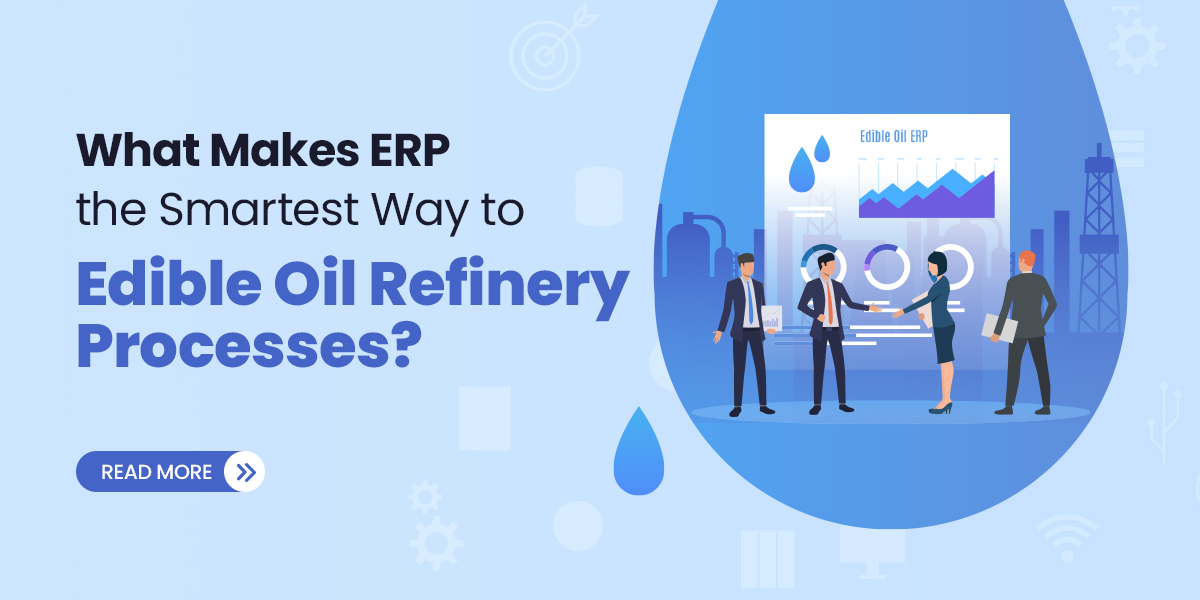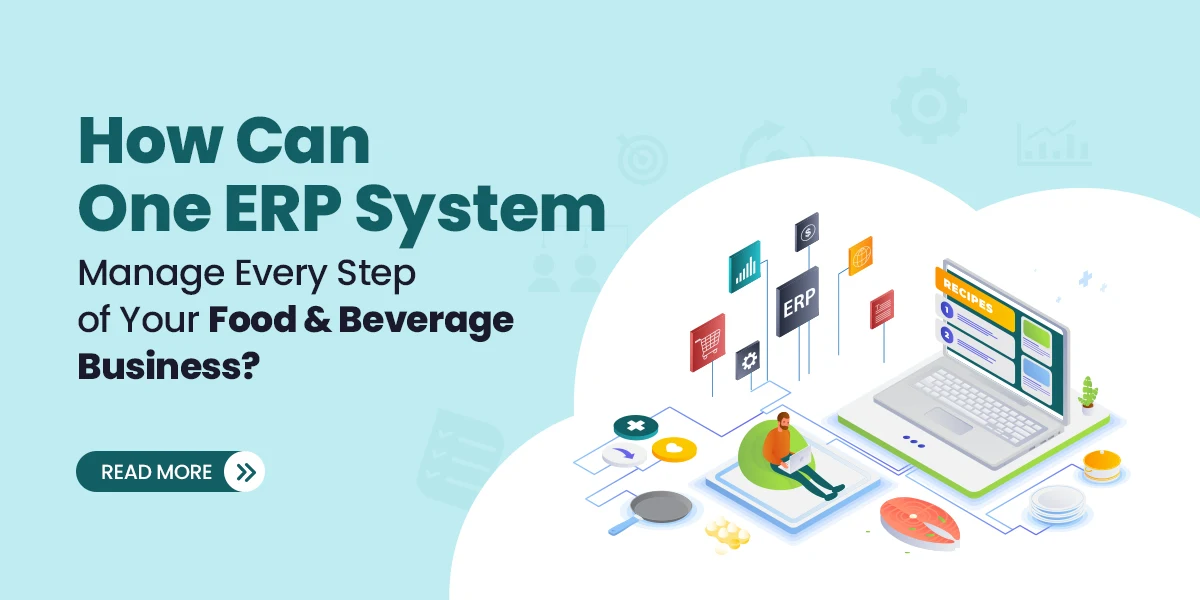What are Google AdWords?
Google AdWords or Google Ads, is an advertising system by Google in which advertisers bid on certain keywords so that it appears on Google’s search results. Advertisers pay for these clicks and charges the amount from businesses. An AdWords campaign is an ad campaign within an AdWords account. Each ad group serves different ad texts based on the type of keyword a user may type into Google’s search engine.
Automate Your Google Ads Bidding Strategies
Marketing and advertising requires efficiency and automation of Google AdWords gives an opportunity to streamline a campaign. Automated bidding strategies helps you to handover the control to Google, where they are bidding on your behalf on the basis of specific user data including device used, demographics, location, time of the day searched, operating system used. These strategies are driven by certain goals and are optimized to perform specific actions.
There are 8 different types of automated bidding strategies that you can choose from when it comes to Google Ads and each one prioritizes different results and actions. These strategies are discussed below:
Target CPA
This bidding strategy drives on a focal point to get as many conversions as possible at your target CPA or cost-per-acquisition. This bidding strategy works well when an average CPA is set, some bids cost more or less than your target but they ensure that it averages out. For selecting this option you must set a target amount to maintain profitability and no loss to ROI.
Target ROAS
ROAS or return on ad spent is the conversion value that one receives in return of every rupee spent. For a ROAS of 400% you must receive a sales of Rs.4 per rupee spent on your ad. This bidding strategy can only be applied to a single campaign instead of multiple campaigns.
Maximise clicks
This bidding will work to get as many clicks on your ad as possible, going through your daily budget to make this happen. One can set a spend limit, which ensures that you won’t end up splurging too much money on a few clicks
Maximise Conversions
This strategy is similar to the previous strategy mentioned, the focus here is however entirely on conversions rather than just getting clicks. Google studies your spend data to maximise your conversions.
Target Search Page Location
This strategy prioritizes ad placement either on the top of search page or on the first page of results for advertisers to bid. It is a portfolio-only bidding strategy and can be applied to multiple campaigns. The potential to portray your ads at the right place will act as an advantage, especially in searches for high-value but very competitive keywords.
Target Outranking Share
Target outranking share strategy is similar to the above mentioned one, as it focuses on the placement of ad instead of the cost of the action. It prioritizes not only good placements but also outranking every specific competitors. This bidding strategy allows you to set bid limit and target specific competitors.
Enhanced Cost per Click
It stands for “enhanced cost-per-click”, it allows Google to adjust your bid even if you’ve set it manually. Google adjusts the bid depending on the potential for a sale, increasing if its higher and decreasing if its lower.
Target Impression Share
A comparatively new bidding strategy that prioritizes bidding to reach a target percentage of the impression share. Impression share tells you the percentage of searches you’re appearing in which you are capable based on targeting and keywords. Higher impression share means more people are seeing your ad and there are more chances of a click or conversion.
Conclusion
Google’s automated bidding for AdWords or Ads gives a favourable opportunity to save time on manually setting bids and optimizes the campaigns for more conversions, clicks or any other goals set. Global InfoCloud is a leading digital marketing company set to provide you the best digital marketing campaigns to boost your business and reach the right audience and get more conversions.




